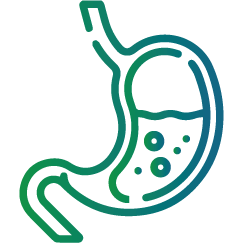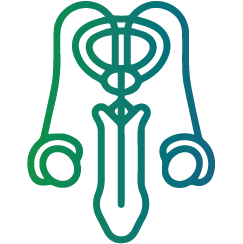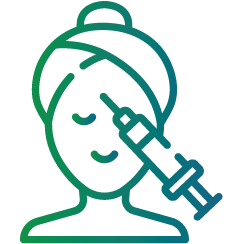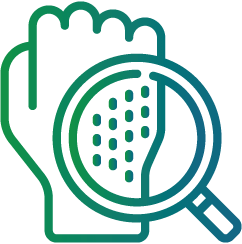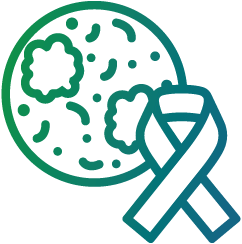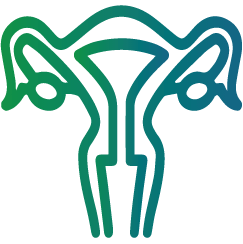Lupus, also known as systemic lupus erythematosus (SLE), is a chronic autoimmune disease that affects millions of people worldwide. This complex condition can cause inflammation and damage to various parts of the body, including the skin, joints, kidneys, heart, and brain. Living with lupus requires a thorough understanding of the disease, its symptoms, treatment options, and effective management strategies. In this blog, we delve into the essential aspects of lupus to provide a comprehensive guide for patients, caregivers, and anyone interested in learning more about this challenging condition.
What is Lupus?
Lupus is an autoimmune disease, meaning the body’s immune system mistakenly attacks its own tissues. The exact cause of lupus is unknown, but it is believed to result from a combination of genetic, environmental, and hormonal factors. Lupus can affect people of all ages, but it is most commonly diagnosed in women of childbearing age.
Symptoms of Lupus
Lupus is often called “the great imitator” because its symptoms can mimic those of other diseases. This can make diagnosis challenging. Common symptoms include:
Fatigue: Persistent, unexplained tiredness is one of the most common symptoms.
Joint Pain and Swelling: Often affecting the hands, wrists, and knees.
Skin Rashes: The “butterfly rash” across the cheeks and nose is a hallmark sign.
Fever: Low-grade fever without an apparent cause.
Photosensitivity: Increased sensitivity to sunlight, which can exacerbate rashes.
Kidney Problems: Lupus nephritis, inflammation of the kidneys, can occur.
Chest Pain: Pleuritis or pericarditis can cause pain when breathing deeply.
Hair Loss: Thinning hair or patches of hair loss.
Neurological Symptoms: Headaches, confusion, and memory loss.
Diagnosing Lupus
Diagnosing lupus involves a combination of physical exams, laboratory tests, and the patient’s medical history. Some key tests include:
Antinuclear Antibody (ANA) Test: Positive in most lupus patients.
Complete Blood Count (CBC): Can reveal anemia, low white blood cell count, or low platelet count.
Urinalysis: To check for protein or blood in the urine, indicating kidney involvement.
Erythrocyte Sedimentation Rate (ESR) and C-Reactive Protein (CRP): Elevated levels indicate inflammation.
Because no single test can confirm lupus, doctors rely on a combination of clinical criteria and test results to make a diagnosis.
Treatment Options
There is no cure for lupus, but treatment can help manage symptoms and prevent complications. Treatment plans are tailored to the individual’s symptoms and may include:
Nonsteroidal Anti-Inflammatory Drugs (NSAIDs): To reduce pain and inflammation.
Antimalarial Drugs: Hydroxychloroquine is commonly used to control lupus symptoms.
Corticosteroids: To reduce inflammation quickly; used for more severe symptoms.
Immunosuppressants: Medications like azathioprine, methotrexate, and mycophenolate mofetil help control the immune system.
Biologics: Belimumab and rituximab are newer treatments that target specific parts of the immune system.
Living with Lupus
Managing lupus involves more than just medication. Lifestyle changes and self-care are crucial for improving quality of life:
Regular Medical Check-Ups: Routine visits to the healthcare provider to monitor the disease and adjust treatments as necessary.
Healthy Diet: A balanced diet rich in fruits, vegetables, and lean proteins can help maintain overall health.
Exercise: Regular, gentle exercise can help reduce fatigue and joint pain.
Sun Protection: Wearing sunscreen and protective clothing to prevent flare-ups triggered by sunlight.
Stress Management: Techniques such as yoga, meditation, and deep-breathing exercises can help manage stress, which can trigger lupus symptoms.
Support Networks: Joining support groups or talking with a counselor can provide emotional support.
Conclusion
Lupus is a lifelong condition that requires careful management and a comprehensive approach to treatment. While living with lupus can be challenging, understanding the disease, recognizing its symptoms, and working closely with healthcare providers can help individuals lead fulfilling lives. Advances in medical research continue to improve treatment options, offering hope for better outcomes and enhanced quality of life for those affected by lupus.





